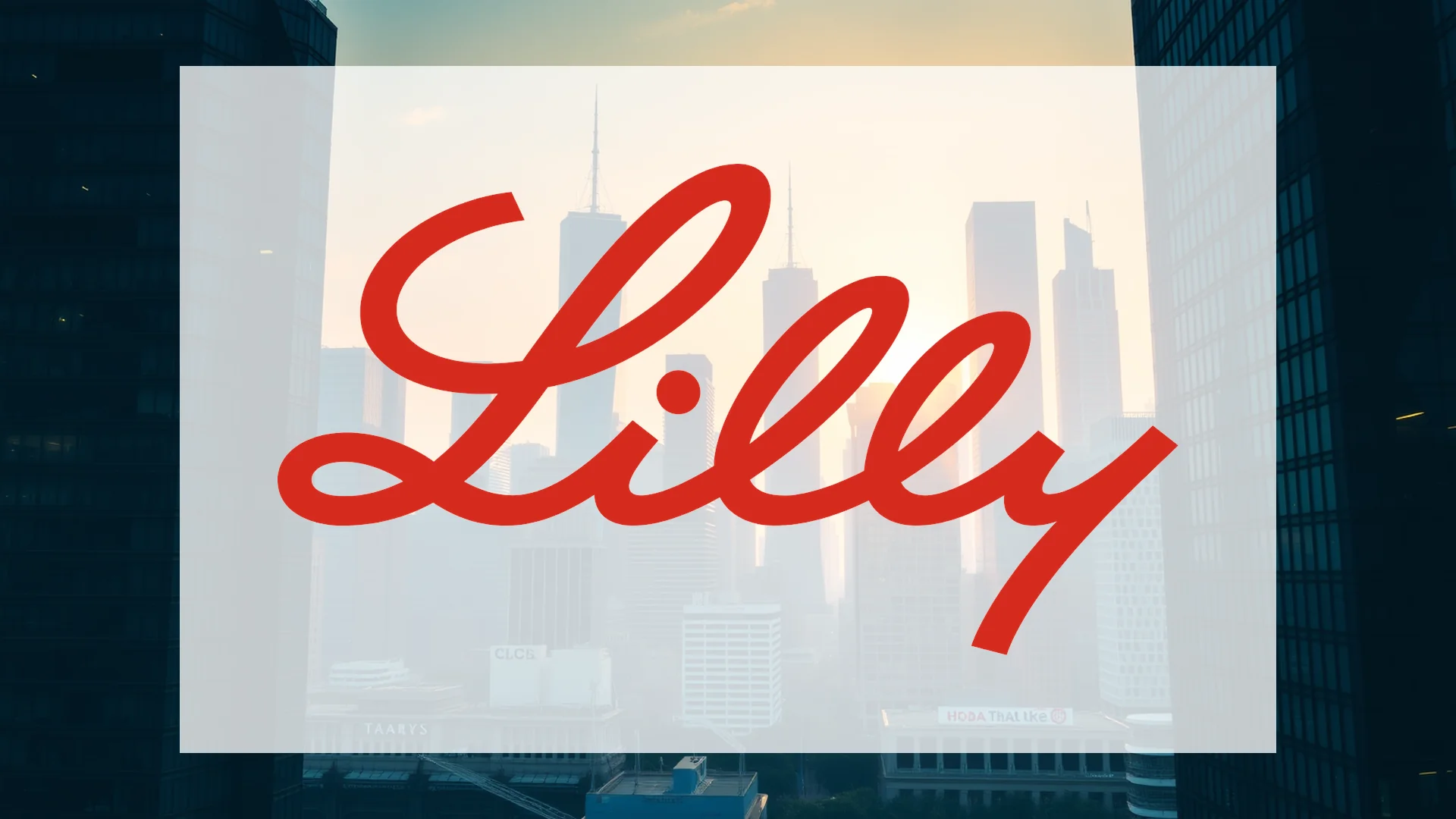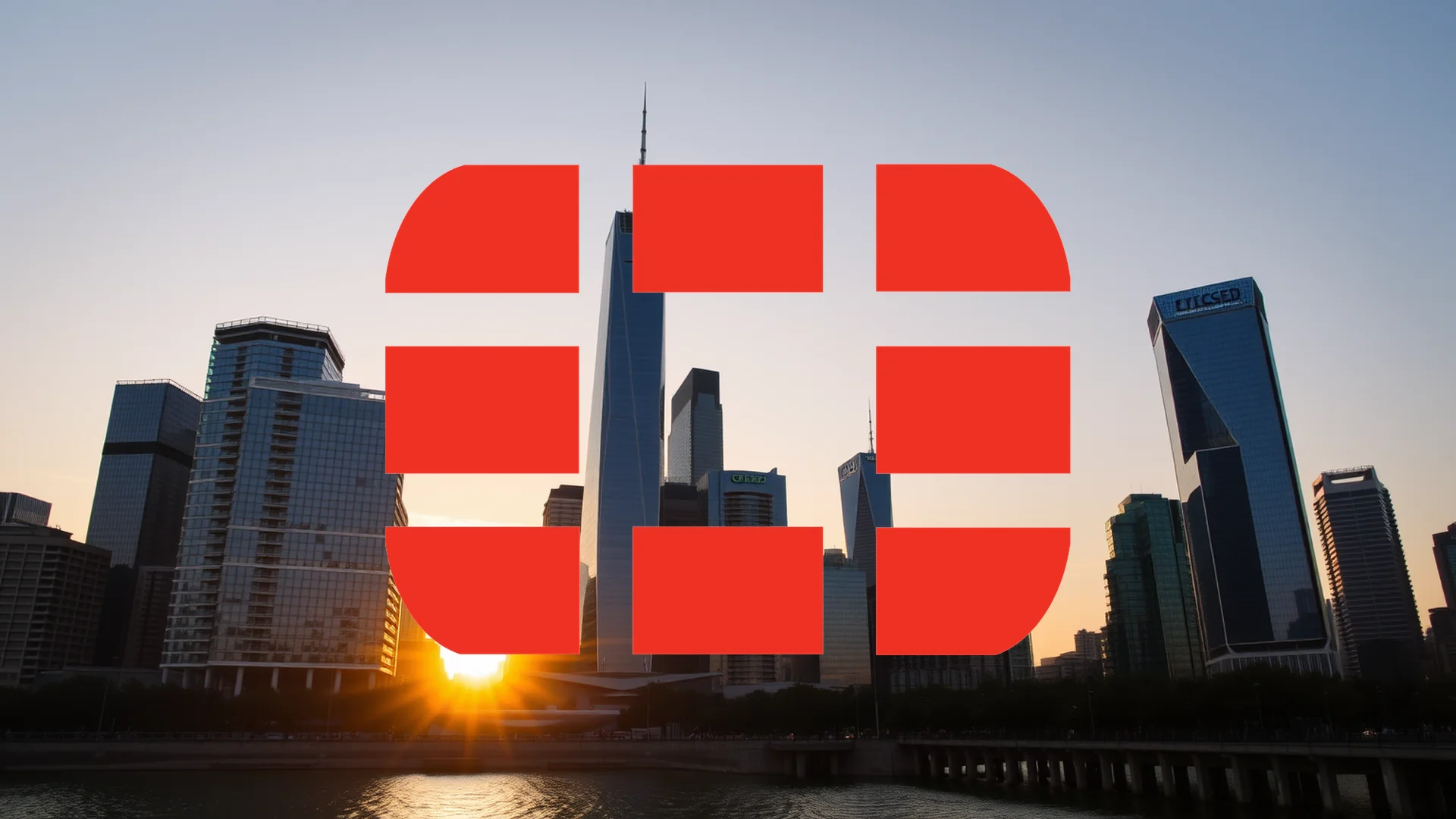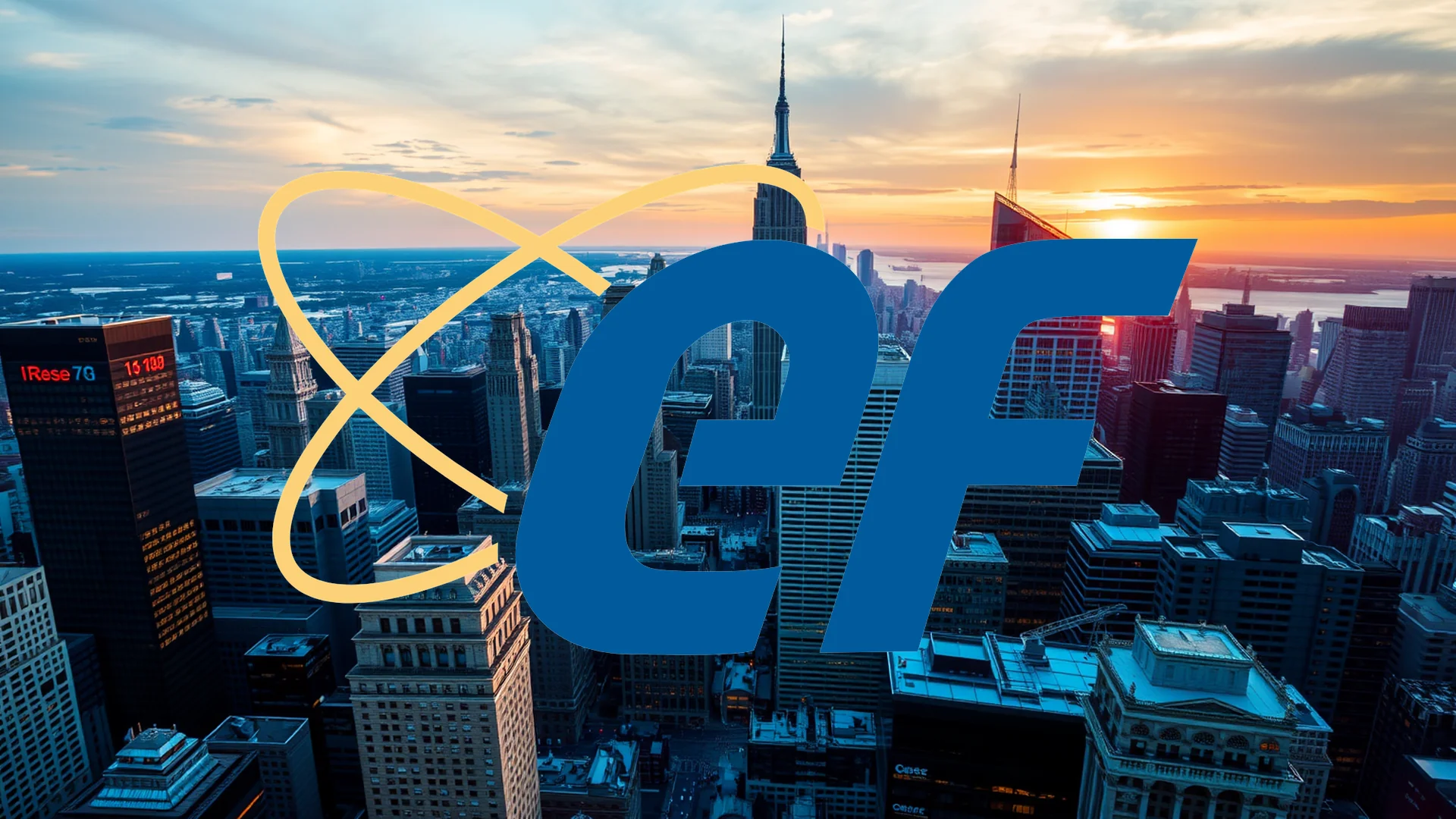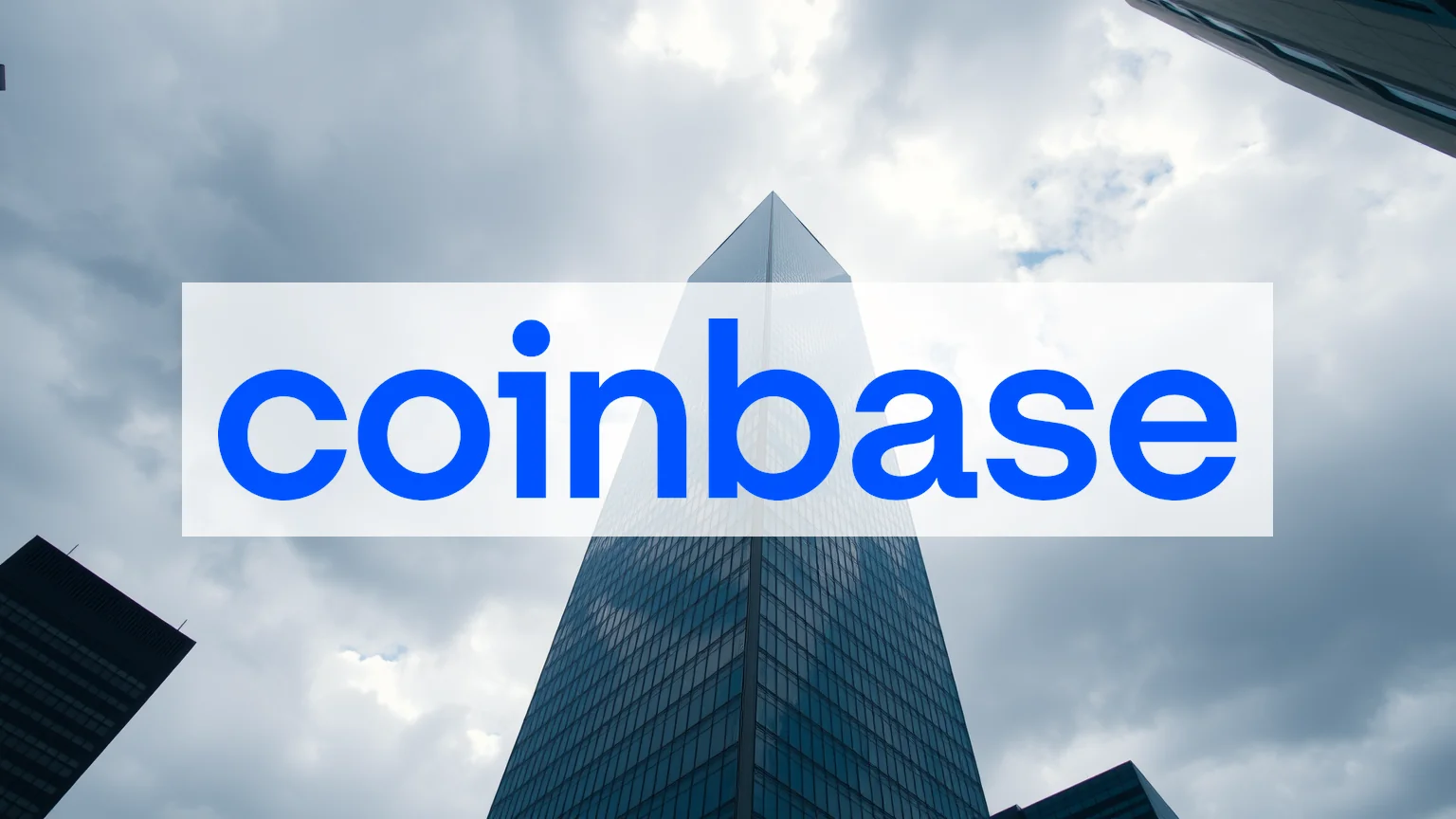Eli Lilly finds itself at a critical juncture, presenting investors with a complex narrative of ambitious expansion and unexpected research challenges. The pharmaceutical leader continues to earn strong analyst support while making unprecedented manufacturing investments, yet simultaneously faces a significant pipeline disappointment that could impact its position in the lucrative obesity treatment market.
Manufacturing Expansion Signals Confidence
The company is demonstrating remarkable commitment to scaling its production capabilities with two massive facility investments. Following the announcement of a $5 billion manufacturing plant in Virginia, Eli Lilly has revealed an even more substantial project—a $6.5 billion mega-production site in Houston expected to create 615 permanent jobs.
These strategic capital expenditures directly address the exploding demand for GLP-1 class pharmaceuticals. By aggressively expanding manufacturing capacity, the company aims to prevent supply constraints and strengthen its market position in a highly competitive landscape. Controlling production capacity has become a central element of Eli Lilly’s growth strategy.
Analyst Confidence Remains Unshaken
Despite recent challenges, market experts maintain bullish outlooks on Eli Lilly’s prospects. Guggenheim analysts have reaffirmed their “buy” recommendation with a $875 price target, citing robust 2025 growth projections and impressive financial metrics. The company’s fundamental strength is evidenced by gross margins exceeding 82% and revenue growth approaching 37%.
This performance is primarily driven by tirzepatide, the active component in blockbuster medications Mounjaro and Zepbound. Together with cancer treatment Verzenio, these three products accounted for 65% of quarterly revenue—demonstrating the company’s dominant position in the highly profitable obesity and diabetes segments.
Should investors sell immediately? Or is it worth buying Eli Lilly?
Research Pipeline Experiences Significant Setback
The company’s progress is tempered by the discontinuation of bimagrumab, an experimental obesity treatment specifically developed for Type 2 diabetes patients. Eli Lilly officially cited “strategic business reasons” for halting development—terminology that typically indicates a failed program.
The decision carries substantial financial implications, as the pharmaceutical giant had paid approximately $2 billion in 2023 to acquire Versanis Bio, the developer of the treatment. Bimagrumab had been positioned as a potential breakthrough therapy—a weight-loss medication that could preserve muscle mass. While development continues for non-diabetic patients, the setback has raised concerns about the program’s overall viability.
Continued Heavy Investment in Innovation
Eli Lilly maintains its commitment to research and development despite this pipeline challenge. The company allocated $3.3 billion to R&D during the second quarter alone—representing a 23% year-over-year increase—demonstrating its ongoing dedication to developing the next generation of pharmaceutical breakthroughs.
The contrasting developments present investors with a nuanced investment case: substantial manufacturing investments and strong current performance against research setbacks that highlight the inherent risks in pharmaceutical development. How Eli Lilly navigates this balance between execution and innovation will likely determine its trajectory in the rapidly evolving metabolic disease treatment market.
Ad
Eli Lilly Stock: Buy or Sell?! New Eli Lilly Analysis from December 31 delivers the answer:
The latest Eli Lilly figures speak for themselves: Urgent action needed for Eli Lilly investors. Is it worth buying or should you sell? Find out what to do now in the current free analysis from December 31.
Eli Lilly: Buy or sell? Read more here...










